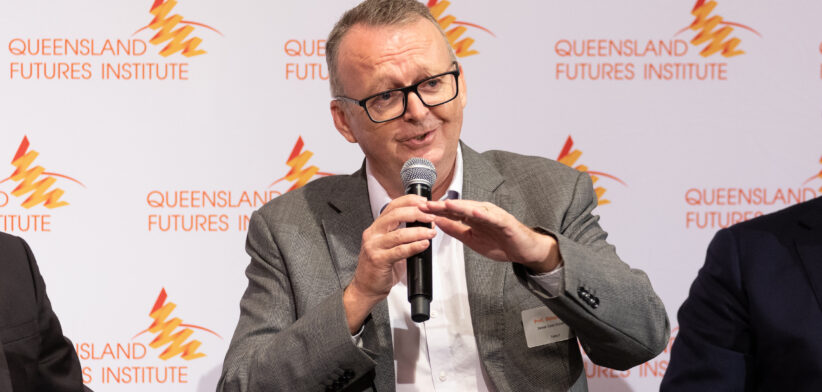Queensland’s regions are in the grip of a transition that is challenged by housing shortages, the war for talent, education shortfalls and the need to manage large-scale energy transition.
The Queensland Futures Institute Investing in Regional Queensland forum highlighted emerging structure issues in many areas in the post-COVID era.
Mackay Regional Council Mayor Greg Williamson said his region was grappling with the dual challenge of jobs that could not be filled because potential workers could not find accommodation.
Since COVID, the number of rental houses in the area had dropped from around 13,500 to 10,000 as rental properties were converted to owner-occupied dwellings.
“One of the reasons you can’t fill jobs in a regional city like ours is that there’s nowhere to live,” he told the forum. “We can’t get houses built.”
Cr Williamson said these regions were also struggling to attract the infrastructure they needed to keep the coal industry strong.
The area exported 10 percent of world’s seaborne coal but was battling a perception that black coal was “absolutely bad”.
Similar sentiments were expressed by Gladstone Mayor Matt Burnett. He said there were big challenges preserving coal-based industries and driving a smooth transition to renewables.
Gladstone was also dealing with the aftermath of the major LNG projects, with 10,000 moving into the community to support the projects and then 10,000 leaving “overnight”.
The city’s roadmap for the next 10 years was strongly focussed on renewable energy and manufacturing that supported renewable energy.
“For us it’s about making sure our existing industries can continue to operate into the future (and) we want to make sure we are supporting these new industries coming to town,” Cr Burnett said.
“We’re transitioning from Gladstone as an industrial capital to the renewable energy superpower of the future and we’re excited about it.”
In the education space, James Cook University (JCU) Vice-Chancellor Professor Simon Biggs said North Queensland was experiencing massive demand for employment of all types.
He said JCU could probably double the size of its graduating cohort and they would all be “happily employed”.
One of the key challenges was lifting education attainments in remote areas that struggled to attract teachers.
Currently about six out of 10 students in Brisbane completed an Australian Tertiary Admissions Rank (ATAR) for university entry but this fell as low as 2.5 out of 10 in the north.
“There’s a very significant gap in education attainment and that’s the real challenge regionally,” Professor Bigg said. “Closing the gap is extremely vital.
“(Many students) in the north have to do a lot of the subjects by distance learning out of Brisbane because of the lack of educators.
“The challenges are immense, but the opportunities are huge given the investments that will flow into the north.”
University of the Sunshine Coast Vice-Chancellor Professor Helen Bartlett said regions would benefit from having universities more heavily involved in the regional investment process.
If education institutions were more aligned with economic development planning, there would be a more “joined up approach” with better outcomes for that local area.








